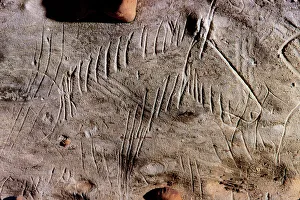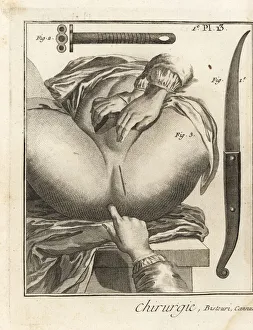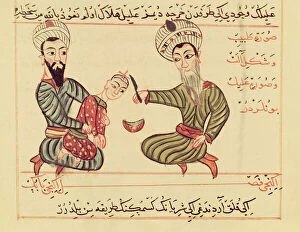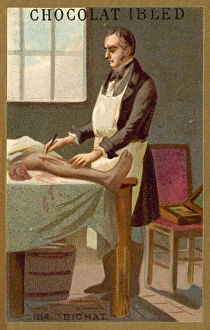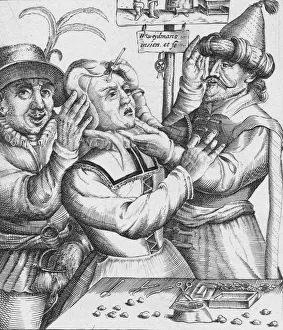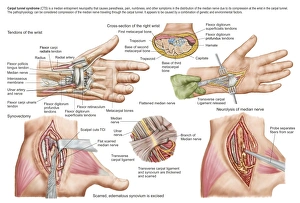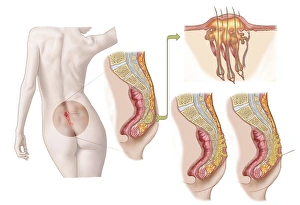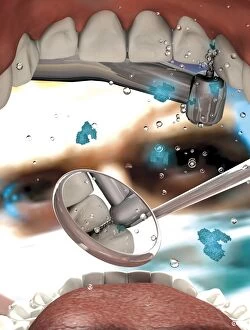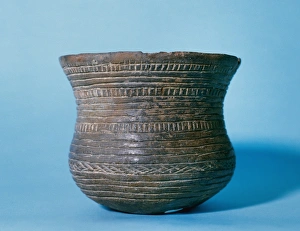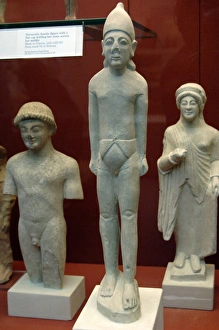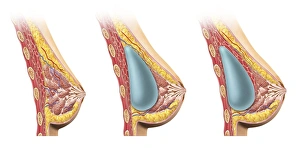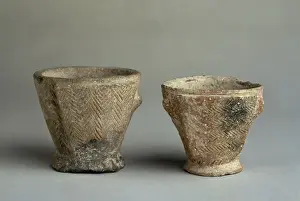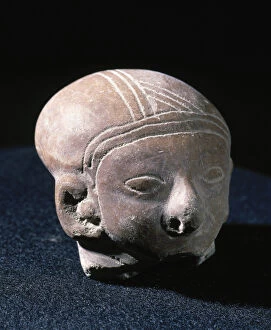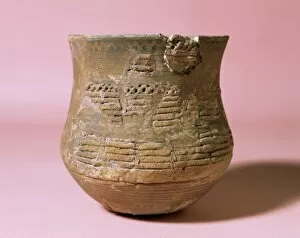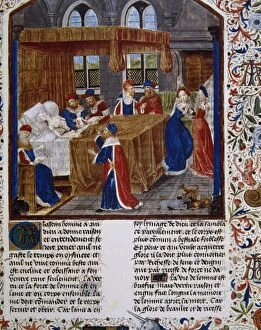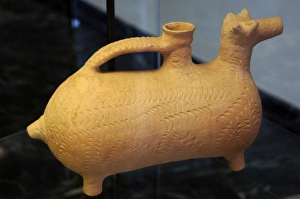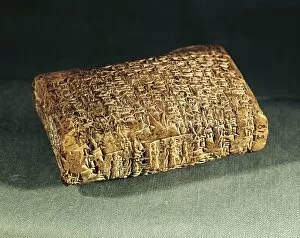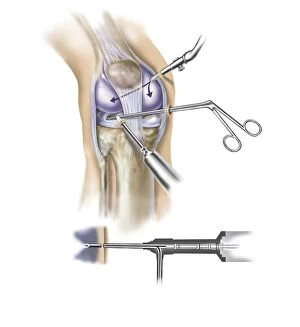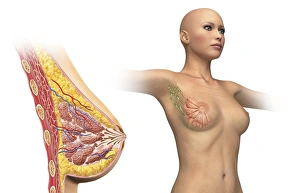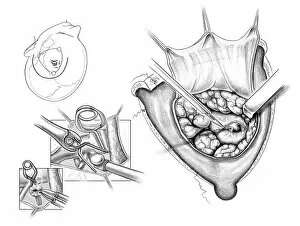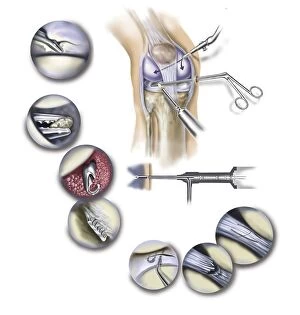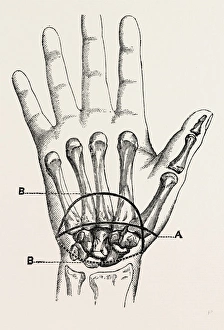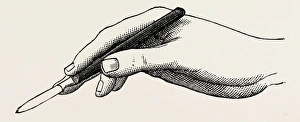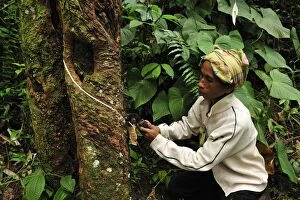Incision Collection
"Incisions: Tracing the Mark of Time and Culture" From the ancient caves of Rouffignac, France to the surgical theaters of Fouberts
All Professionally Made to Order for Quick Shipping
"Incisions: Tracing the Mark of Time and Culture" From the ancient caves of Rouffignac, France to the surgical theaters of Fouberts, incisions have left their indelible mark on human history. Dating back to 11, 000 B. C. , cave art reveals an engraved head of a horse, showcasing our ancestors' mastery in etching intricate designs into stone. Moving forward in time, we witness Fouberts' groundbreaking surgical operation in removing a bladder stone. This medical marvel not only saved lives but also paved the way for modern urology. The Iberian vase used as a funerary urn during the 3rd century speaks volumes about how incisions were employed even in death rituals. These delicate carvings on pottery served as lasting tributes to honor departed souls. Traveling across borders and cultures, we encounter Sabadell's Bell Beaker Culture from ca. 2800-1800 BC. Their artifacts reveal statues depicting men wearing pointed caps or helmets—a testament to their artistic prowess and reverence for warriors. Further exploring ancient civilizations, we stumble upon Mohenjo-Daro's Shiva Pashupati Seal made from steatite around 2350-2000 BC. The meticulous incision work showcases religious symbolism and provides insights into early Indian culture. Intriguingly, even medieval Europe embraced incisions as depicted by Ms Sup Turc 693 fol. 53—an illustration showing fluid being drained from a child's head using vellum techniques dating back to 1466. Advancing through time brings us face-to-face with Marie Francois Xavier Bichat—French physiologist and anatomist—who revolutionized medical understanding through his detailed studies captured in chromolitho prints. Delving deeper into European history, HW Weydman's artwork titled "Loopt Loopt Met Groot Verblyden" transports us to the 17th century.

